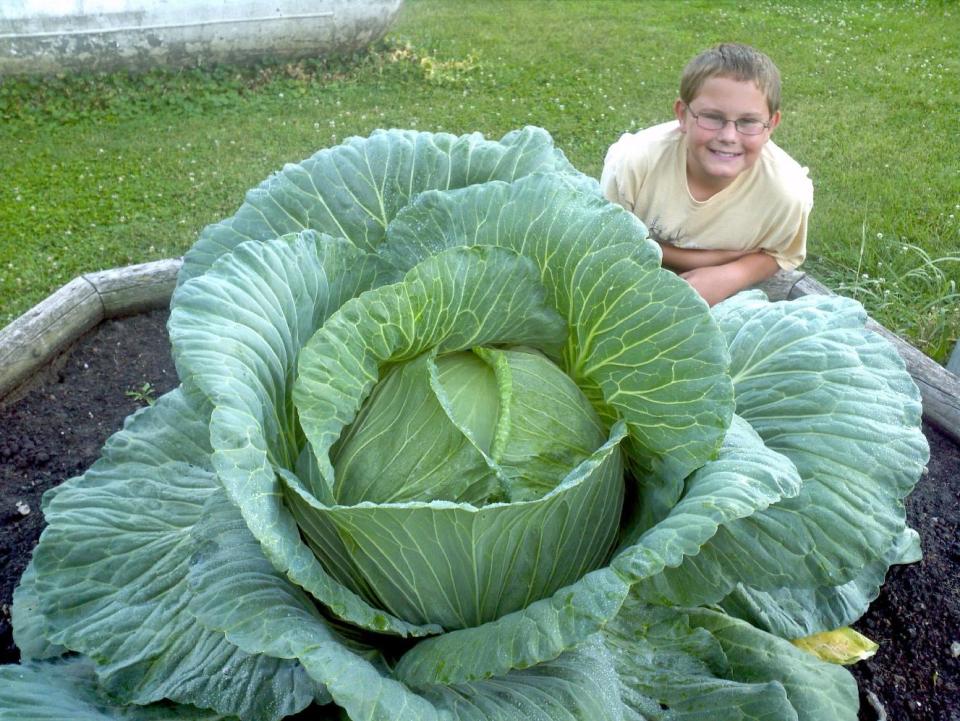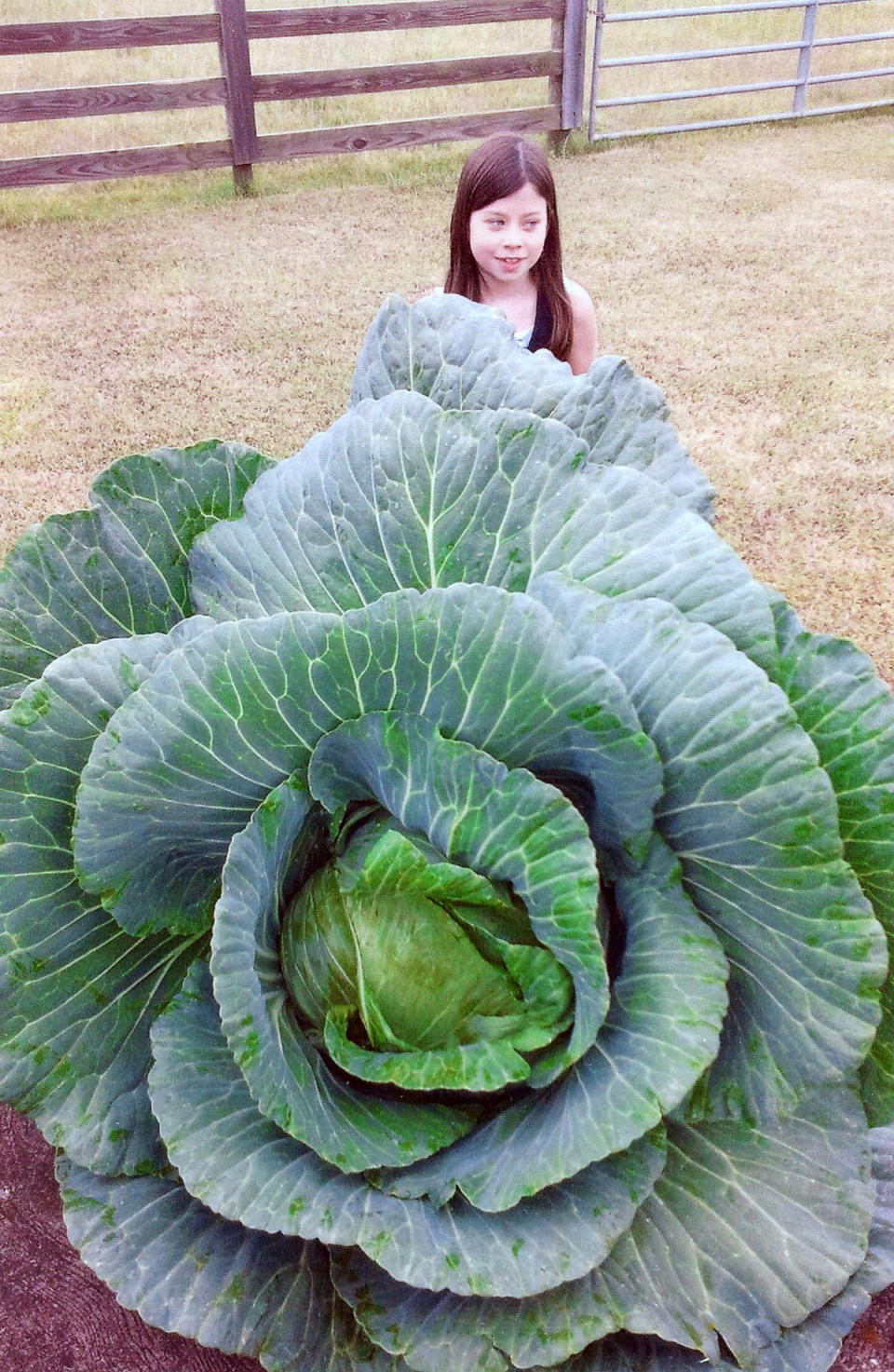Fun, incentives can encourage kids to be gardeners
If you think it's hard getting kids to eat their vegetables, wait until you try recruiting them for garden work.
But the challenge is worth it: Children just might add more healthy foods to their diet if they've grown them themselves.
"If a child grows herbs or vegetables, they will try them at least once," said Mike Ferraro, whose Preferred Commerce Co. produces Growums, an animated garden program that uses online gaming technology to teach children how to raise fresh edibles and have fun doing it.
"When they're done, they're so proud of it they want to eat it," he said.
You're never too young to garden, although results for the youngest gardeners might be mixed, said Susan Robbins of the National Gardening Association's Gardening With Kids program.
Some plants are bound to fail, so don't react by secretly replacing your preschooler's veggies, Robbins said.
"Failures are a good way for children to understand that the process doesn't always work and that you shouldn't give up," she said. "Reactive gardening makes them better adults."
Some steps you can take to feed a child's hunger for learning in the garden:
— Involve them in the planning. Set aside a site and let the kids decide what to grow.
— Add fun to their gardening menu. Pay a bounty for the weeds they pull, plant "surprises" in their growing beds or introduce them to "tickle-me plants" - a houseplant (Mimosa pudica) that closes its leaves and lowers its branches when touched. "As a schoolteacher, I have found that growing a 'tickle-me plant' excites youngsters about science and nature as well as making them more sensitive about to how to care for plants and other living things," said Mark Chipkin, educational project director for TickleMe Plants Co. Inc.
— Build their attention spans. Introduce theme garden mixtures like pizzas (tomato, oregano, basil and bell pepper plants), tacos (cilantro, jalapeño, lettuce and tomato) and salads (lettuce, carrot, cucumber and tomato). Plants that germinate quickly, such as sunflowers, daisies and cucumbers, also keep kids engaged.
— Let them do some of the dirty work. Even a toddler can aim a water hose. Buy child-size tools and build raised beds to make it easier for children to maneuver.
— Use pots or containers to make their job less daunting.
— Encourage them in their homework. Each year, Bonnie Plants, an Alabama-based wholesaler, distributes more than a million free cabbage plants to third-grade classrooms around the nation. Students grow the seedlings in their family gardens. Bonnie awards a $1,000 scholarship to one student from each state after teachers submit the names of their class winners.
"The reason Bonnie chose the O.S. (oversize) Cross Cabbages is because the variety has the potential to grow to be 40 to 50 pounds, and it makes it really fun and engaging for the kids to watch it grow," said Joan Casanova, a spokeswoman who helps coordinate the 48-state program.
"The program not only teaches kids about gardening and where their food comes from, (but) it also teaches kids lessons in responsibility, nurture, nature and builds self-confidence," she said.
___
Online:
National Gardening Association's "Gardening With Kids": http://www.gardening-with-kids.com
Bonnie Plants 3rd Grade Garden Program: www.bonnieplants.com
You can contact Dean Fosdick at deanfosdick(at)netscape.net


